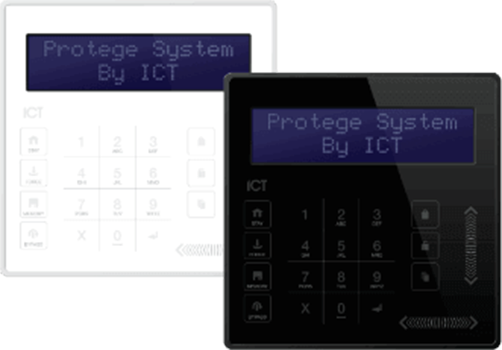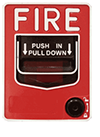Video MGMT System
 Access Control
Access Control
Voice & Data Wiring
 Burglar Alarm
Burglar Alarm
 Fire Alarm
Fire Alarm
Video MGMT System
Voice & Data Wiring
While most security cameras are assembled and sold "as is," box security cameras are modular--meaning they are designed to accommodate interchangeable parts. With easy access to switch out lens mounts and lenses, and sometimes even circuit boards and image sensors, a box camera can be transformed in one day from a simple fish-eye camera to an AI-based bullet camera with deep learning algorithms and a massive memory of license plates.
A box camera can be equipped for indoor use or outdoor installation, the surveillance of a residential property or a business, and can livestream surveillance over the internet or display footage on a CCTV monitor.
Many benefits come from a box camera's customizable design. Parts such as lenses, and sometimes even image sensors and circuit boards, can be swapped to meet changing needs.
While most security cameras, including bullet and dome cameras, are built with internal lens mounts that can hold only specific lens sizes and sometimes only specific brands, the body of a box camera allows for a wide range of different lenses, mounts, and adapters. Not every box camera will let you switch out every component of its hardware, but every box camera will at minimum let you switch out its lens. In fact, it's possible to purchase a box camera without a lens included at all.
With interchangeable lenses, you gain control over your camera's focus, range, field of view, and other features, such as infrared night vision. If you need to capture high-resolution footage of really distant objects, popping in a telephoto lens will let you see further and more clearly than you could with any other lens type. And if you suddenly want a near-panoramic view of a wide area, just swap out your telephoto lens for a rectilinear or fisheye lens. If you want your camera to capture high-resolution surveillance both up-close and at distance, just replace your fixed-lens with a zoom lens. And if you need late-night or low-light footage, use a lens with a wide maximum aperture or, better yet, use a thermal lens or a lens with infrared illuminators.
You can turn an indoor box camera into an outdoor box camera easily enough. Simply place it in a clear housing with a good IP (Ingress Protection) rating. Ingress Protection ratings are the international standard by which camera housings are tested and judged. The higher the IP rating, the more reliably the housing will keep out dust, water, and snow.
While box cameras can do a lot, one thing they cannot do is be small. Box security cameras are necessarily bulky so that they can contain even the largest of lenses and other camera parts. A true box camera will never be as compact as a turret camera, let alone a dome camera. But with size comes visibility and with visibility comes deterrence value.
On the other hand, while box cameras tend to be much more visible than dome cameras, they need not be any less discreet. Their customizability means they can be placed inside obscuring housings to hide their surveillance properties. A box camera's exterior can even be decorated to blend in with bookshelves and other objects.
A camera's lens, hardware, and housing are what defines it, but a box security camera is a shape-shifter. Constructed with standardized dimensions, its parts can be replaced to meet changing security needs.

Wireless
IP Cameras
Wireless cameras are not reliable enough for commercial use yet. Instead, we use purpose-built antennae to connect hardwired cameras on light poles and buildings.

Phone App
For Camera Systems
Watch live or previously recorded footage on any mobile device. Save it to your phone and e-mail it just like any other video or image.

Increased Resolution
Of 4096×2160
4k or 8MP cameras represent the best value at the moment. Depending on your situation, a 30+ megapixel camera can be installed allowing you to read a seat number from the opposite end of a football field.

Employ The Same Technology As These Companies:


